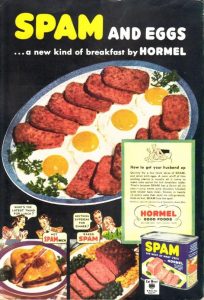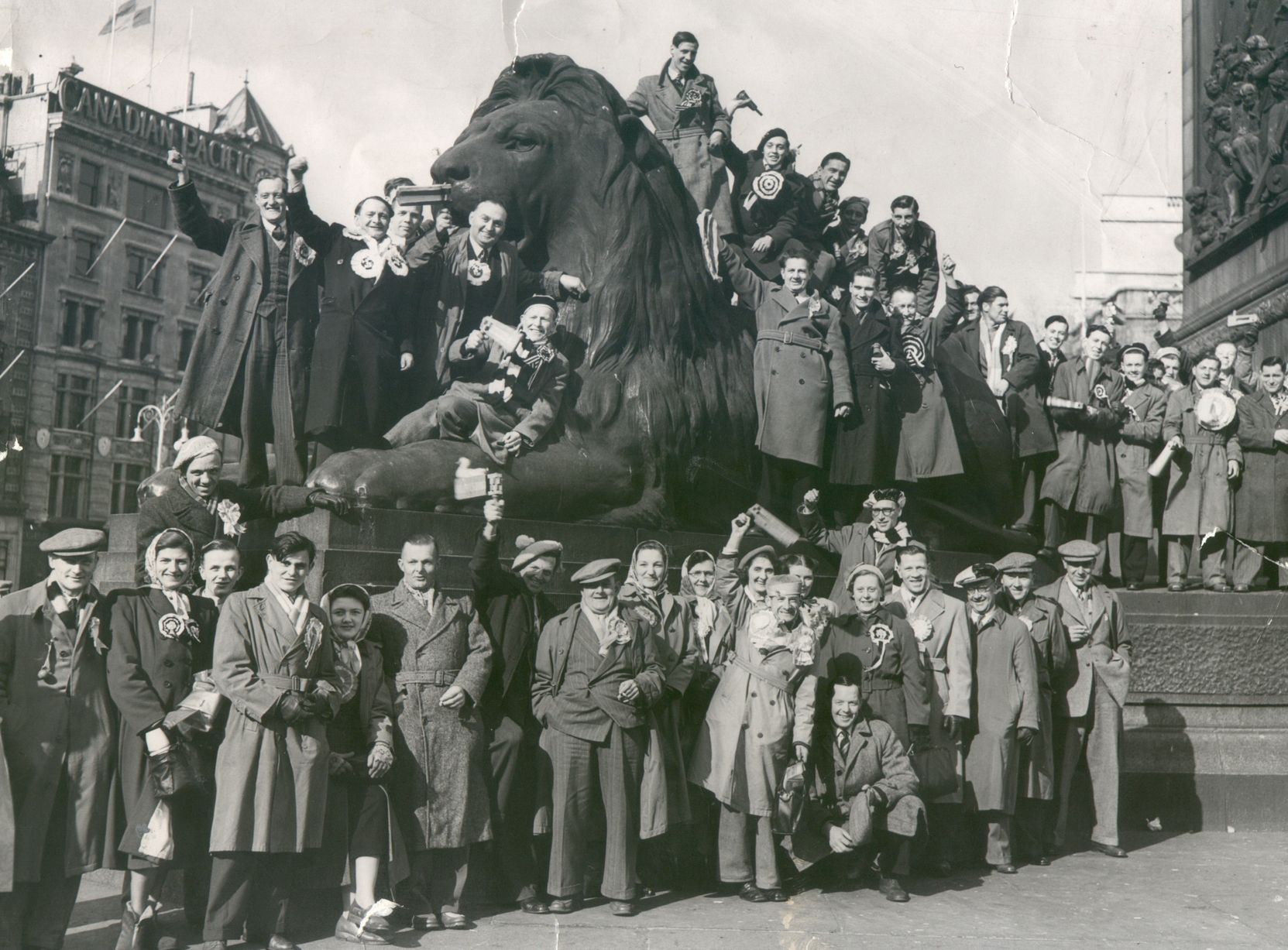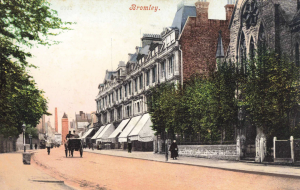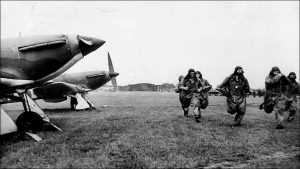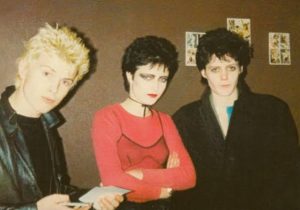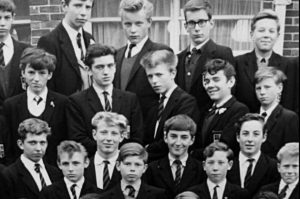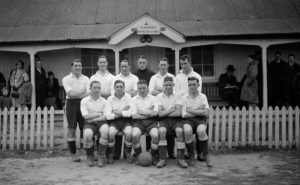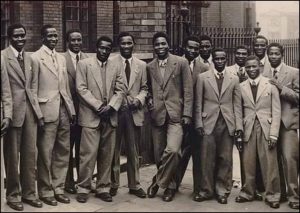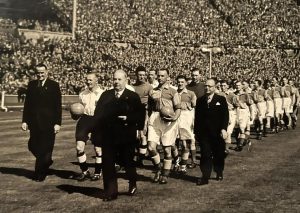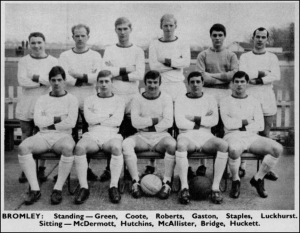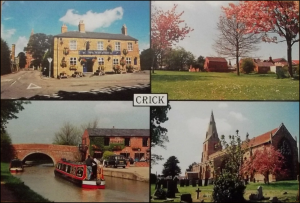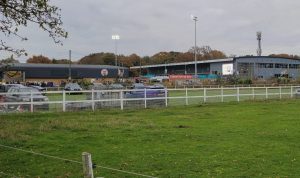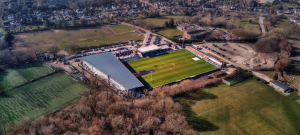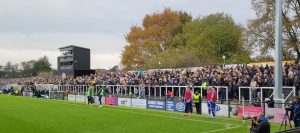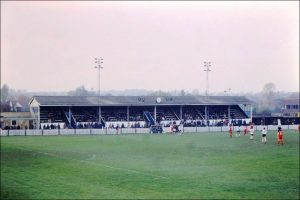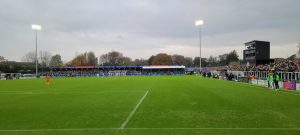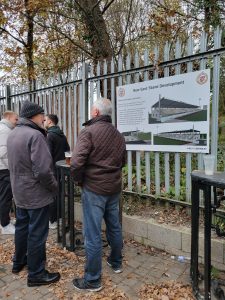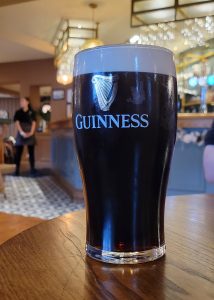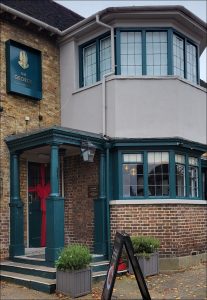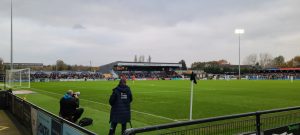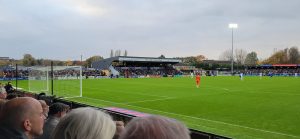Bromley 1 Carlisle United 1
League 2
Saturday 16 November 2024

Ravens read
The context
This game would see us visit our 91st ground of the present 92. New teams coming up from non-League – even long-distance bete-noires on London’s southern underbelly – rarely disappoint. We had been looking forward to coming here ever since the fixtures were announced.
The history
Bromley is essentially rural Kent politely urbanised. Railways brought rapid expansion during Victorian times; new stations provided direct connections to London, while City professionals supplanted agricultural workers as the dominant class. Today’s Borough of Bromley – squeezed between its rather less refined neighbours Croydon, Bexley and Lewisham – incorporates many similar chunks of leafy suburbia.
The Battle of Britain was won from defensive fighter airfields ringing outer London. Biggin Hill – south of Bromley – lay directly beneath incoming German bombers. Spitfire and Hurricane squadrons based there shot down 340 enemy aircraft during 1940’s long, hot summer; fifty-four pilots lost their lives, with dozens more service personnel and civilians killed in air raids during August.
Quirks and anecdote punctuate Bromley folklore. Monty Python caused no lasting offence when they based their Spam sketch in a fictional café there, or claimed that you could see seven continents from the Kentish Times office roof. Caroline Coon’s 1976 Melody Maker piece, meanwhile, coined the phrase “Bromley contingent” to describe disparate Sex Pistols fans that included local musicians Billy Idol, Steve Severin and Siouxsie Sioux.
David Bowie lived here for thirteen childhood years. He formed The Konrads while still attending Bromley Technical School; a recording contract from Deram Records followed spells with different bands, and – after several unsuccessful releases – Space Oddity became his first hit during 1969. “Men are from Mars, I’m from Bromley” he once observed sardonically on the Parkinson show.
The Jones family home was at Plaistow Lane in Sundridge. Bromley FC had occupied three nearby sites – Glebe Road, Queensmead Recreation Ground and Plaistow Lane Cricket Club – before World War I. They then moved across town to a field just off Hayes Lane; this lay immedately north of today’s access road, and would remain their home until the current ground opened just before World War II.
Nearly 11,000 people saw a Nigerian FA Select XI play here in 1949. The touring Africans drew big crowds, not least because of usually playing barefoot. They had already faced Marine, Bishop Auckland, Leytonstone and Dulwich Hamlet; Bromley’s record attendance saw them win 3-1, with. “Thunder” Balogun – who would later join QPR – getting the third.
Bromley were reigning FA Amateur Cup holders. They had just beaten Romford at Wembley – the first final to be held there – watched by more than 93,000 spectators. A talented team included internationals Ken Yenson and Charlie Fuller; half-back Eric Fright played for the Great Britain Olympic squad, as did Tommy Hopper. Prolific striker George Brown scored 129 times that season.
Many people first found out about Bromley via Dave Roberts. His 2008 book, The Bromley Boys – later clumsily adapted for film – describes various adventures following a moribund late Sixties team. Roberts’ juxtaposes idealistic, youthful fandom with adulthood’s inevitable disillusionment. He also summarised how many of us feel about modern football, reflecting “I just don’t feel as passionate about it as I did in those days.”
The journey
I had been staying in Leicester. John picked me up just off the M1 at a quaint Northamptonshire village called Crick, from where two hours’ steady driving saw us over the Dartford Crossing and nudging past Bromley Common’s indifferently pleasant countryside. Highwaymen once haunted this road; nowadays they’d get stuck behind queuing traffic.
The ground
Everything felt damp and chilly. Today’s game – not least because of its unrelentingly suburban surroundings – emitted definite non-League v League FA Cup tie vibes. We found the ground along a narrow track, where distant floodlights burned and self-conscious family groups wearing brand-new scarves tried to pretend they’d been watching football here all their lives.
John and I sat behind one goal. A cavernous shed here had recently replaced the old South Stand’s tin cover and concrete benches. My work colleague Richard – hoping for dry weather – stood on open terracing to our right. As stewarding seemed fairly relaxed I wandered round and kept him company for ten minutes. This side accommodated Bromley’s hardier followers, along with five hundred or so tightly packed Carlisle fans.
More prefabrication will soon replace this traditional vantage point. But plans for terracing and seats under a single roof do at least provide continued scope for Bromley’s regular supporters to amble about, meet their mates or simply follow the action. We – by contrast – were hemmed in by disinterested youths and burger-eating children, who I don’t imagine enjoyed spending ninety minutes with us either.
The new 1930s ground had a solid wooden stand along its western touchline. This impressive structure – which also held offices, social facilities and dressing rooms – was destroyed by fire in 1992. Because of the resulting loss of facilities Bromley subsequently spent twelve months groundsharing with Walton & Hersham, Dulwich Hamlet and Croydon.
Both ends acquired incongruous blocks of plastic seats following promotion to the National League. Those opposite us – huddled under natty, gymkhana-style canvas -once catered for swimming enthusiasts at the 2012 London Olympics. Such measures were necessary because the burned stand’s squatly modern replacement only caters for a few hundred spectators.
Half this ground is therefore blandly modern and the rest survives on borrowed time. Clubs nowadays sadly value their heritage far less than extracting money from willing consumers. Hayes Lane once exemplified many substantial, well-proportioned Isthmian League venues; sensitive reconstruction that preserved its character shouldn’t have been beyond anyone’s wit or imagination.
Flesh and wine
The Garden of England was never going to offer many drinking choices. We could only find one boozer within miles of Hayes Lane, and that – like many another establishment nowadays – served only Guinness worth supping. Bike-riding families and ladies who lunch provided unusually refined company; predictably enough, none of their metropolitan insouciance rubbed off on us.
Richard also turned up at the pub. He actually follows Huddersfield; today would be his milestone 92nd ground. Almost inevitably we got separated at the turnstiles, where John and myself found ourselves somehow swept into Bromley’s vast indoor fanzone. This – thronged with recent converts to their cause – had all the ambience of a school cafeteria. Pies, like decent ale, clearly wouldn’t be on today’s menu.
The game
Bromley’s confident young side were in good form and chasing a play-off place. They clearly considered struggling Carlisle no match for their bustling energy and pace. As it turned out, however, the visitors looked way better throughout; only poor finishing prevented them from winning easily. Dan Adu-Adjei, Ben Barclay, Dom Sadi and Sam Lavelle all might have scored before half time.
Almost inevitably Bromley then went ahead. Danny Imray made sure he tripped over Ben Williams’ outstretched foot and Michael Cheek converted the penalty. A petulant Lewis Leigh elbow on Lavelle handed the advantage back to Carlisle; his sending off set up ten hectic closing minutes, during which Adu-Adjei deservedly squirmed their injury-time equaliser through massed defenders’ enforested legs.
Teams and goals
Bromley: Smith, Grant, Webster, Sowumni, Odutayo, Congreve (Leigh 70), Thompson, Arthurs, Imray, Dennis (Olomola 77), Cheek. Unused subs: Amantchi, Long, Reynolds, Thomas, Topalloj.
Carlisle: Breeze, Mellish, Lavelle, Barclay, Williams (Charters 66), Harper (Armstrong 85), Guy, Burey (Ellis 66), Harris (Vela 67), Sadi, Adu-Adjei. Unused subs: Lewis, McGeouch, Robinson.
Goals: Bromley: Cheek 54 (pen). Carlisle: Adu-Adjei 92.
Attendance: 3741.
